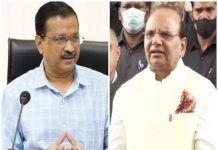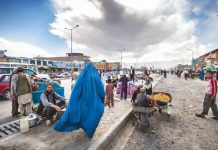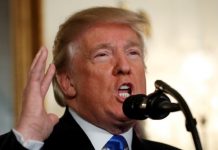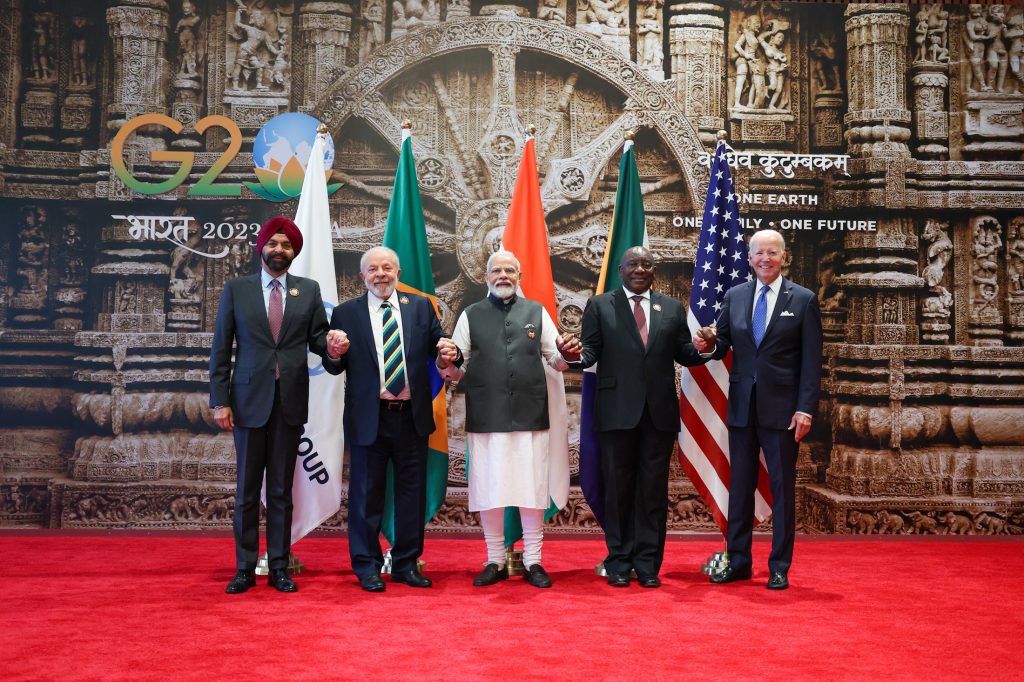
Indian diplomacy reached its zenith at the G20 Summit, when India was able to persuade Russia on one side and the US-led western powers on the other at G20 to give ‘peace’ a chance, paving the way for the historical 34-page Delhi Declaration, writes Gopal Misra
Indian diplomacy was at its zenith, when India was able to persuade Russia on one side and the US-led western powers at G-20 on the other to give ‘peace’ a chance under the framework of the UN Charter reasserting the concept of sovereignty of its members for ending the Ukraine conflict. The consensus, thus finally paved the way for a 34-page Delhi Declaration for intense economic cooperation among the expanded family of the group, which is now G-21 with the admission of the African Union (AU).
New Delhi witnessed intense exchanges of ideas among the world leaders as well as during the backroom diplomacy almost facing breakdown in the negotiations during the two-day session of the group. It, however, finally concluded successfully on September 10. The noted absentees on the high-table were the Russian President, Vladimir Putin, Chinese President Xi Jinping and the President of Mexico, Andres Manuel Lopez Obrador, who has been skipping the forum since 2019, raising his concerns regarding inequality in international forums such as G20. The Chinese Premier Li Qiang was present to lead his country’s delegation.
The initial Indian document circulated on the Ukraine-Russia conflict was considered too soft towards Russia. It was not acceptable to the European Union. The Russian foreign minister, Sergey Lavrov, however, vehemently opposed any reference blaming Russia for the conflict in the Declaration.
Stalemates during the intense negotiations prompted doubting Thomases among foreign policy experts across continents, from New York to London, to discount the chances of the New Delhi Declaration. Yet consensus evolved and the deadlock was resolved. The Russia-Ukraine War has been casting its dark shadow on the internal forum since its Bali Summit in 2022. It appeared difficult to resolve the stalemate, especially when India and China were consistently opposing any condemnation of Russia for invading Ukraine.
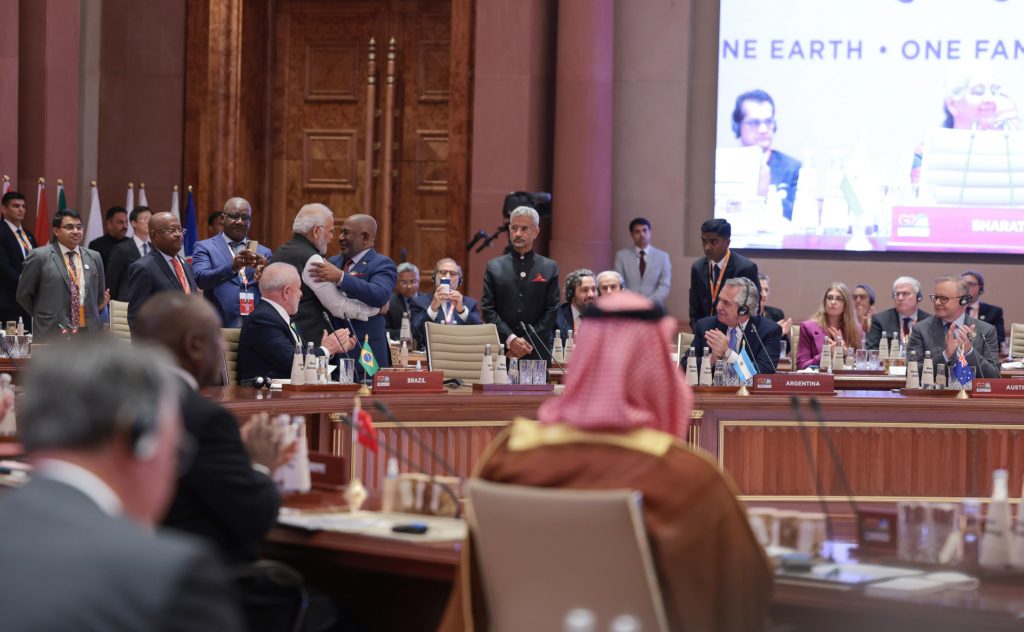
The unanimous approval of the Delhi Declaration has proved the earlier analysis and apprehension of the self-appointed strategic affairs experts in the West wrong. Even some of the functionaries at White House had expressed doubts about its success. They believed that the G-20 under the Indian presidency was destined to be concluded without any declaration. In spite of these adverse predictions, a beaming Narendra Modi finally announced the Delhi Declaration. In the second session at the 18th session of G-20 on day one, he, however, told the summit leaders that “Consensus among the members has been difficult to achieve as the member countries are divided over Russia’s war in Ukraine.”
The Indian experts on strategic affairs, including a few veteran Indian diplomats, quipped,” the western commentators were focusing on ‘difficulties or impediments,’ but India was keen for ‘solutions’ that finally ended the stalemate.
Focus on Economic Growth
The Ukrainian leaders have expressed their dismay for not condemning Russia for the aggression, but it definitely offers a window for negotiating peace as well as rehabilitation of the war-torn country and its economy. The consensus draft also expresses its “deep concern over the immense human suffering and the adverse impact of wars and conflicts around the world”; thus indicating an international commitment for assisting it.
The presence of the top executives of the world’s financial institutions such as the International Monetary Fund (IMF), the World Bank, the United Nations (UN), the Organization for Economic Co-operation and Development (OECD), the World Trade Organization (WTO), the International Labour Organization (ILO) and the Financial Stability Board (FSB) could enable the financially weak economies to access their resources. It means, if peace finally dawns, Ukraine could be one of the major beneficiaries.
The forum offers a unique platform for the Global South to have financial arrangements with the G-7 countries. They include the world’s richest nations such as Canada, France, Germany, Italy, Japan, United Kingdom, the United States, as well as the European Union.
Apart from them, G-20, which has become G-21 following the induction of the African Union, comprises Argentina, Brazil, China, India, Indonesia, Republic of Korea, Mexico, Russia, Saudi Arabia, South Africa and Turkey. These countries currently account for more than 80 per cent of world GDP, 75 per cent of global trade, and 60 per cent of the global population.
The G20 process is led by the Sherpas (Securing a Hybrid Environment for Research Preservation and Access) of member countries. They function as personal emissaries of the leaders and oversee negotiations, discussing agenda items for the summit and coordinating the substantive work of the forum. The Indian Sherpa, Amitabh Kant, who has been quietly working with Brazil, South Africa and Indonesia to reach a consensus on the language on the war in Ukraine in the summit document has been working round-the-clock during the conference.
The Delhi Declaration has decided to scale up sustainable finance in line with the G20’s Sustainable Finance Roadmap. It will be promoting the adoption of social impact investment instruments and improving nature-related data and reporting, informed by the stocktaking analyses, considering country circumstances.”
With its 112 outcomes and presidency documents, India has more than doubled the substantive work from previous presidencies.
India-Middle East-Europe Corridor
The announcement of the India-Middle East-Europe Corridor (IMEEC) with the endorsement of American President Joe Biden is considered a game-changer for the regional economy as well as a challenge to the Chinese Belt and Road Initiative (BRI). It envisages the shipping of Indian products to UAE and later the goods to European markets via rail-road systems. Meanwhile, Italian Defence Minister Guido Crosetto has told the media that the previous government made an “improvised and atrocious” decision when it joined the BRI. India and UAE have been toiling for the past 30 months for the proposed project before it was presented before G-20. Biden has extended American support to the US-led Partnership for Global Infrastructure and Investment (PGII). It envisages movement of goods through standardized containers from India to Fujairah Port on the eastern seaboard of UAE and then to Port of Haifa in Israel through 2650 kilometre of railroad via Saudi Arabia and Jordan. It is being given full support from Saudi Arabian Crown Prince Mohammed bin Salman; perhaps resetting the Arab powers’ growing proximity with China. .
Modi’s blitzkrieg visit on the concluding day of ASEAN on September 7 to Jakarta further strengthened India’s ties with the region facing growing Chinese threat in the region.
A Paradigm Shift
The successful conclusion of G-20 Summit and Biden-Modi talks augmenting the relationship between the two countries is expected to impact the geo-politics in near future. It was not just a rare gesture from Biden to drive directly from the airport to Modi’s residence offering bouquets of new deals and further confirming the high-tech defence offers.
It is rightly believed that this gesture has finally bridged the confidence deficit, if any, between them. Earlier, Indians having elephantine memory were being haunted by the American support to the genocide in East Pakistan, now Bangladesh. Further, during the G-20 session, Bangladesh PM Sheikh Hasina and her daughter were seen being photographed with Biden, thus burying the past forever.
Americans are also appreciative of Modi’ blitzkrieg visit to Jakarta just on the eve of the G-20, where he addressed the East Asia Summit comprising 18 countries, including the ASEAN Member States. It is hoped that Indian presence in the region will generate confidence in the region apprehensive of Chinese intentions.
India has also appreciated Biden’s decision according a priority to India; he arrives on the eve of G-20, skipping ASEAN conference..
It was further reflected in Biden-Modi’s joint statement highlighting deals on jet engines, armed drones and WTO dispute settlement.
Experts like Ashok Kantha, a former Indian ambassador to China, think the G20 remains “the most important platform for international financial and economic issues and for the development agenda”. By arriving at a consensus on the Delhi Declaration , Modi has restored G-20’s economic agenda. The presence of the representatives of the UN, International Monetary Fund and the World Bank at the conference enabled the countries of Asia, Africa and Latin America to initiate negotiations for investments
Happymon Jacob, a foreign policy analyst and associate professor of disarmament studies at the Jawaharlal Nehru University has endorsed the Indian view that “India is recognising that global governance led by the UN system has failed and there are alternative, non-Western forums or a mix of the two that have to take up some of those responsibilities.”
4 Babus Behind Declaration Draft
There were four Indian Foreign Services officials, Abhay Thakur, Ashish Sinha, Nagaraj Naidu Kakanur, and the only woman among them Enam Gambhir had burnt the midnight oil to draft the New Delhi G20 Leaders Declaration, a historic achievement.
They held 300 meetings and circulated 15 drafts with their counterparts on the contentious Ukraine conflict.
In the concluding session, Modi formally handed over the gavel of the Presidency to Brazil President, Luiz Inácio Lula da Silva with a promise of India’s full support to Brazil and are confident that under their leadership, the G-20 will be furthering our shared goals. Earlier, 55-member African Union (AU) having as many as 13 countries having more than 20 per cent population of Muslims was inducted. AU’s current Chairperson Azali Assouman, who had already arrived at the venue as a guest, joined as a permanent member.
India’s Ukraine peace initiative
With the successful conclusion of the G-20 in New Delhi, India is preparing for a peace offensive in Europe to end the Russia-Ukraine conflict. Much to the discomfiture of China, apart from ushering in peace in Europe, India may also try to end the confrontation between Russia and the US-led western powers.
It is being stated that if 1970-71, US President Richard Nixon and his irrepressible National Security Advisor, Henry Kissinger, now 100, could win China to their side, weakening the grip of the USSR and finally leading its disintegration, what prevents Washington and London from ending the current stalemate in Europe.
The impact of G-20 is yet to be ascertained, but the mixed Chinese reactions indicate that all is not well in the middle kingdom. It appears that the era of Jinping’s Wolf warrior diplomacy known for confrontational and combative approach is now finally over. It is quite amusing that China’s PM Li Qiang, greets India for the success of the conference, but Beijing’s China Institute of Contemporary International Relations accuses India of sabotaging the world meet for her own interests. Qiang had first hand experience of the ineffectiveness of China’s Wolf diplomacy, when British PM Rishi Sunak asked him to stop spying in the U.K., and Italy, the gateway to Europe, has also indicated its plans to leave China’s favourite Belt and Road Initiative.
Jawaharlal Nehru’s dream of Afro-Asian unity was reasserted, when the 54-member African Union was inducted into G-20 having as many as 19 pre-dominant Muslim countries. India’s time-tested non-aligned policy has been further augmented by the presence of Latin American countries. With Brazil assuming the G-20 presidency for 2024, PM Modi has extended India’s cooperation to its president, Luiz Inacio Lula da Silva.
Amidst the G-20 sessions, India has also been quietly preparing to send assistance to Morocco hit by earth-quake killing more than 2000 people. India, thus, has become a pivot, playing an affirmative role in the geo-politics.









